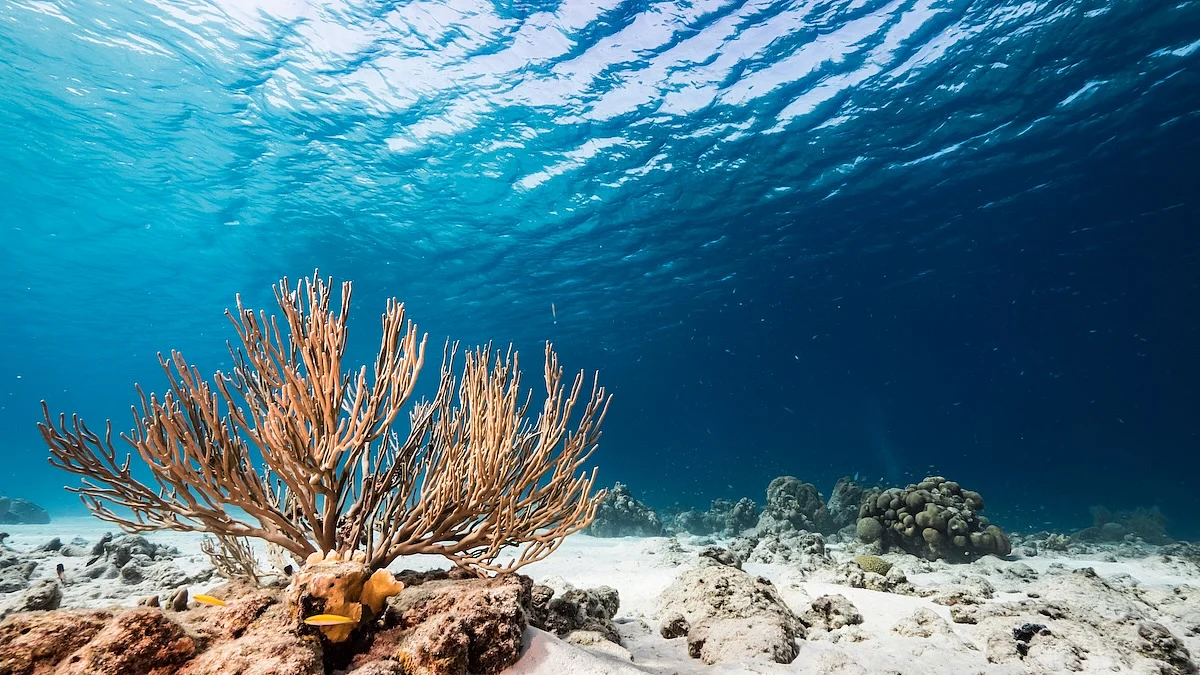Scientists Find New Ecosystem in Deepest Trenches of Pacific Ocean
By Carole Tanzer Miller HealthDay Reporter
SUNDAY, August 3, 2025 — A scientific expedition into a region of the Pacific Ocean named for Hades, Greek god of the underworld, has uncovered an other-worldly ecosystem 30,000 feet deep.
"It’s a totally new thing that has not been seen before," said Dominic Papineau, an exobiologist at China’s State Key Laboratory of Deep-sea Science and Intelligence Technology in Sanya.
Papineau is co-author of a groundbreaking research paper published Wednesday in the journal Nature, describing the astonishing array of creatures who live in this daunting and dark environment, sustained by chemicals that leach from the ocean floor.
Researcher Mengran Du told The Washington Post she wasn’t sure what expect when she descended in a three-person submersible into one of the deepest trenches in the Pacific.
What she and others from China’s Institute of Deep-sea Science and Engineering saw when they got there was, she said, "unbelievable."
Like skyscrapers, thick clusters of tubeworms with red-tinged tentacles jutted from the ocean floor, phosphorescent snails scaling them like window washers, she said. In between, white bristly creatures wriggled and writhed.
"People know very little about the bottom of the trench," Du told The Post, adding that researchers had long lacked the "high technology to be able to go there."
The area in question is located between Alaska and Russia in the western Aleutian and Kuril-Kamchatka trenches. The creatures found there "alter our understanding of trench ecosystems," Lisa Levin, a professor emeritus at Scripps Institution of Oceanography who reviewed the findings, said.
Scientists have long studied organisms that thrive around hydrothermal vents. But those native to areas known as cold seeps — where gases like methane and hydrogen sulfite leach from the seafloor at near-freezing temperatures — have been little studied.
Researchers used the manned submersible Fendouzhe to dive into the deepest region of the northwest Pacific, the hadal zone, last summer.
As the U.S., China and other nations investigate ways to tap into mineral wealth of the sea floor, concern about disrupting deep-sea life has emerged. The areas included in the new study are probably too deep for mining, according to The Post, but ocean scientists are eager to learn more about them.
While sunlight sustains life above ground, oceanographers assumed that trench creatures survive by dining on dead animals and organic matter that drifts down, down, down from sunlit waters.
The new research suggests that’s hardly the full story.
Over 40 days, the team found life on 19 of 23 dives, suggesting that hadal ecosystems may be common in the earth’s trenches.
In those trenches, gases from the seafloor analyzed suggest microbes consume organic matter that builds up in the trenches — and then belch.
The methane they expel is then absorbed by bacteria inside mollucks and tubeworms, which go on to produce organic matter that nourishes their hosts. It’s a cycle known as chemosynthesis.
Lesley Blakenship-Williams, a biologist at Palomar College in California who reviewed the new study, said the most surprising finding is that all that nourishing methane comes from microbes in the sediment.
"Flourishing chemosynthetic communities had long been postulated to exist in the trenches, but this is the first paper that documents their existence below 9 kilometers and at multiple locations," she said.
The adaptability of organizations in those trenches is a shot in the arm for scientists searching for evidence of life in oceans on other celestial bodies, including Europa, a moon of Jupiter.
"There is about 3,700 million years of Earth evolution between the oldest animal fossils to the oldest microbial fossils," Papineau told The Post. "So, if deep extraterrestrial oceans ecisted for billions of years, then perhaps similar chemosynthetic-based ecosystems with animallike creatures could also exist there."
Sources
- The Washington Post, July 30, 2025
Disclaimer: Statistical data in medical articles provide general trends and do not pertain to individuals. Individual factors can vary greatly. Always seek personalized medical advice for individual healthcare decisions.
© 2025 HealthDay. All rights reserved.
Posted August 2025
Read this next
FDA Now Providing Daily Updates on Adverse Events
FRIDAY, Aug. 29, 2025 -- The U.S. Food and Drug Administration is now providing real-time, daily publication updates on adverse event data from its reporting system. In an...
At Least 95 Sickened in Salmonella Outbreak Linked To Recalled Eggs
FRIDAY, Aug. 29, 2025 — At least 95 people in 14 states have been sickened in a salmonella outbreak tied to recalled eggs, federal health officials say. Country Eggs LLC...
CDC Scales Back Foodborne Illness Tracking
FRIDAY, Aug. 29, 2025 — Federal health officials have cut back a long-running program that tracks foodborne illnesses in the United States. The Foodborne Diseases Active...
More news resources
- FDA Medwatch Drug Alerts
- Daily MedNews
- News for Health Professionals
- New Drug Approvals
- New Drug Applications
- Drug Shortages
- Clinical Trial Results
- Generic Drug Approvals
Subscribe to our newsletter
Whatever your topic of interest, subscribe to our newsletters to get the best of Drugs.com in your inbox.

